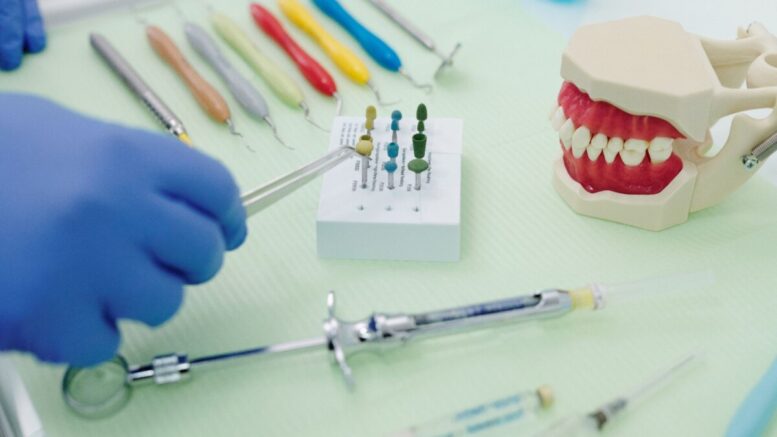The jaw, which consists of two parts, plays a crucial role when biting, chewing and handling food in general. Sometimes, the upper and lower jaws are misaligned and may need to be put back into place for bite reasons or even aesthetic purposes.
Such corrective jaw procedures are often referred to as orthognathic surgery and are performed by oral surgeons and orthodontists. In most cases, children are the best candidates for this surgery as their jaws aren’t fully developed at an early age and may suffer from long-term childhood habits such as thumb sucking or mouth breathing.
However, as the jaw fully develops in adulthood, treatment options for severe misalignment are limited. In such situations, an orthodontist usually recommends undergoing orthognathic surgery to realign the jaw.
To find out more about it, here are the different types of jaw surgeries, what you should expect and what their long-term benefits are.

Types of orthognathic surgery
Depending on the severity of the jaw misalignment, there are five common types of jaw surgery. These include:
- Maxillary osteotomy is the surgery that is performed on the upper jaw
- Mandibular osteotomy is the surgery that is performed on the lower jaw
- Bimaxillary osteotomy is the surgery that is performed on both the upper and lower jaw
- Genioplasty is the surgery performed on the chin
- TMJ is the surgery that is done when no other treatments have been effective
Determining the right symptoms of your jaw misalignment will give your orthodontist an idea of which type of surgery you need so you can get the desired results.
How to prepare and what to expect
Once the jaw misalignment has been determined, the orthodontist usually places braces on the teeth before the surgery. The braces are on for about 12 to 18 months as they will help level and align the teeth.
In the meantime, the doctors come up with a treatment plan depending on the condition of their patient and do other procedures that sometimes can even eliminate the need for jaw surgery.
Once all the preparation is done, the orthognathic surgery comes next. The surgery is performed by professional oral and maxillofacial surgeons and it is usually done under general anesthesia. Depending on the surgery you are undergoing, the procedure can be done either inside or outside your mouth.
Recovery
If the surgery goes well, the patient usually stays in the hospital for one to four days. The doctor then gives clear instructions for further eating and how to keep proper oral hygiene. Since the recovery of jaw surgeries lasts for several weeks, it is important that you follow the guidelines carefully in order to recover successfully.
Since you will be most likely experiencing swelling, stiffness and discomfort in your face and jaw, your orthodontist will prescribe medications to help ease the pain. If you feel numbness in your top or bottom lip, don’t worry about it as this symptom is usually temporary and will go away over a period of weeks or a month.

Benefits and potential side effects
Although the entire procedure for jaw misalignment is long and overwhelming, the results you will get are for life. Besides refining the aesthetics of your face, there are several health benefits you get from undergoing successful orthognathic surgery. Some of the most prominent ones include better balance, good jaw function and comfortable jaw position. These results further lead to improved speaking, eating and even breathing.
As for potential side effects, every surgery comes with certain risks. Although these rarely happen, your doctor should inform you before the surgery so you will know what you are getting into.
Final thoughts
If you notice any jaw irregularities in you or your child, the best time to get those checked out is right away. By performing proper examinations, you will have an idea of what the problem with your jaw may be and whether you need to undergo orthognathic surgery. To get the best results, it is recommended that you consult with a professional orthodontist and find out which type of treatment is the best solution for you.
If you want to be well informed about this, keep our guide nearby and learn everything you need to know about jaw misalignments.
